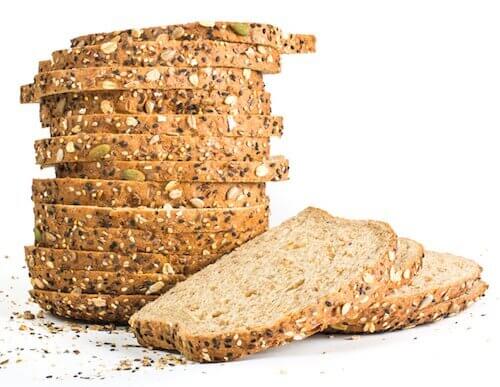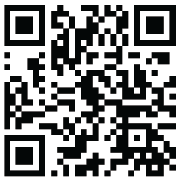When are wheat allergies discovered?
Wheat allergies are most commonly found in babies and toddlers, who have immature immune and digestive systems. It is possible for adults to develop the allergy, sometimes as a cross-sensitivity to grass pollen.
How to avoid wheat
Even trace amounts of wheat can potentially trigger an allergic reaction, so avoidance is key to preventing serious health consequences. This becomes a challenge particularly with baked goods, which use wheat as a foundation ingredient. Luckily, individuals with wheat allergies are gaining the benefits of the growing increase of gluten-free diets. Many restaurants now provide gluten-free options or gluten-free menus.
Reading food labels, asking questions and self-advocating are the best ways to avoid wheat. Because wheat is one of the Top 8 allergens, the FDA requires that all packaged food products clearly list it as an ingredient. Learn how to read a food label for wheat ingredients before consuming packaged food, and be sure to always check for precautionary “may contain” statements with cross-contamination warnings. Note that manufacturers are not legally required to label for potential cross-contamination.
How does wheat allergy differ from celiac disease?
Wheat allergy is sometimes confused with gluten sensitivity and celiac disease, a genetic autoimmune disorder and food intolerance, which may present similar symptoms of stomach cramps, bloating, diarrhea and gastrointestinal issues. It’s important to get an accurate diagnosis from your allergist or doctor to properly treat and manage your particular condition.
Gluten is a protein that is in wheat, barley and rye. Celiac disease is caused by the immune system’s abnormal reaction to gluten, where the lining of the small intestine is damaged when a person with celiac disease eats products with wheat, barley or rye. Long-term impacts may include malnutrition, anemia, osteoporosis and more serious conditions.
People with gluten sensitivities may also experience diarrhea, constipation, abdominal pain or fatigue. These symptoms are often reduced or go away when gluten is eliminated from the diet.
Gluten-free products should be safe for those with wheat allergies, and there are more and more options on the market. But gluten-free also means free from rye, barley and wheat, so those with only wheat allergies may be overly limiting themselves.
Wheat can often be found in:
- Baking mixes
- Baked products
- Batter-fried foods
- Breaded foods
- Breakfast cereals
- Beer
- Candy
- Crackers
- Ketchup
- Processed meats
- Salad dressings
- Sauces
- Soups
- Soy sauce
- Surimi
- Glucose syrup
- Starch (read labels carefully)
- Ice cream
- Marinara sauce
- Potato chips
- Rice cakes
- Turkey patties
- Hot dogs
- Imitation crabmeat
- Wheat flour (in mock beef, pork and shrimp, especially in Asian dishes)
Foods to avoid:
- Bread crumbs
- Bulgur
- Cereal extract
- Club wheat
- Couscous
- Cracker meal
- Durum
- Einkorn
- Emmer
- Farina
- Flour (all purpose, bread, cake, durum, enriched, graham, high gluten, high protein, instant, pastry, self-rising, soft wheat, steel ground, stone ground, whole wheat)
- Hydrolyzed wheat protein
- Kamut®
- Matzoh, matzoh meal (also spelled as matzo, matzah, or matza)
- Pasta
- Seitan
- Semolina
- Spelt
- Sprouted wheat
- Triticale
- Vital wheat gluten
- Wheat (bran, durum, germ, gluten, grass, malt, sprouts, starch)
- Wheat bran hydrolysate
- Wheat germ oil
- Wheat grass
- Wheat protein isolate
- Whole wheat berries
Non-food products that could have wheat:
- Play dough
- Holiday wreaths
- Cosmetics
- Bath products
- Medicine
- Pet food
Wheat substitutes
For baking, try using non-wheat flours to find what gives you the best texture. Note that baking with alternative flours doesn’t generally produce the same texture and consistency as wheat flour. Better results may be achieved by using multiple-ingredient substitutes rather than single-ingredient substitutes for wheat flour.
Non-wheat flour alternatives:
- Rice
- Corn
- Sorghum
- Soy
- Tapioca
- Potato starch
Other grain options:
- Rice
- Corn
- Quinoa
- Oats
- Rye
- Barley
- Tapioca
- Amaranth
Discover more!
Learn how to order in a restaurant with a wheat allergy
Browse wheat-free recipes







